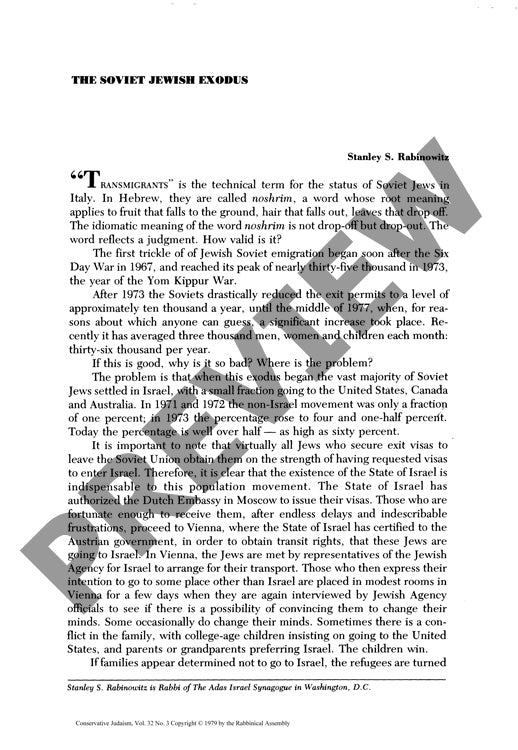The Soviet Jewish Exodus
Couldn't load pickup availability
In the late 1970s, a dramatic shift occurred in Soviet Jewish emigration patterns, with over 60% of emigrants choosing Western destinations over Israel—a stark contrast to the less than 1% who made this choice earlier in the decade. Through ethnographic observation and interviews in the Italian transit communities of Rome, Ostia, and Ladispoli, where 7,500 Soviet Jewish transmigrants awaited relocation, a complex picture emerged of individuals navigating identity, autonomy, and survival in the aftermath of Soviet oppression. Direct engagement with transmigrant communities, interviews with Jewish agency administrators, and assessment of support programs by HIAS, the Joint Distribution Committee, and ORT revealed that emigrants' decisions stemmed from multiple factors: ongoing security concerns in Israel, desire for personal freedom after decades of Soviet control, negative media coverage of Israeli conditions, and discouraging reports from previous emigrants. Rather than indicating ideological rejection of Judaism or Israel, these patterns reflect the profound impact of systematic cultural deprivation under Communist rule, suggesting the need for enhanced educational and religious outreach programs to maintain Jewish identity and community connections during resettlement.

More Information
-
Physical Description
-
Publication Information
Published 1979
ISBN
-
Publication Credits
Stanley Rabinowitz

